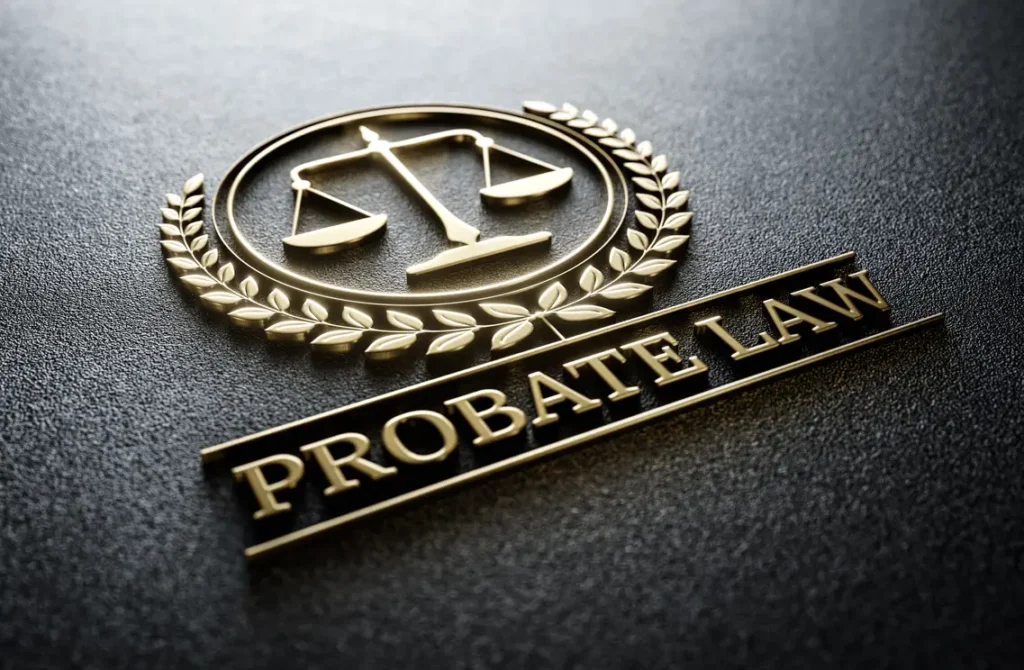California has specific rules regarding what portion of a business owned by one or both spouses during the marriage will be considered “community property” and belong to both spouses, and what will be considered one spouse’s separate property. While community property is often associated with the separation of property during a divorce, community property also affects and is affected in Probate after the death of one or both spouses, and many of the same rules and methods of analysis apply. Before understanding how community property is evaluated in California, it is worth understanding that California defines community property as all property, real or personal, wherever situated and that is not otherwise characterized by statute, acquired by a married person who is domiciled in California.
In order to determine what percentage of a business is community property versus separate property, there are mathematical formulas based on two very old California cases (Van Camp v. Van Camp, (1921) 53 Cal.App. 17 and Pereira v. Pereira, (1909) 156 Cal. 1, 103. These formulas are used to determine the value attributed to the community and separate property interests. This article will examine how community property is characterized in accordance with the Pereira and Van Camp formulas.
Pereira Analysis
The Pereira case involves a married couple who ran a profitable business. Although the husband claimed that he had started the business before the marriage with separate capital, the Court found that a share of the earnings was community property. The Court, however, emphasized that the success of the business was largely due to the husband, who ran the company. The Pereira method of analysis is usually applied when business profits are mainly attributed to the efforts of the “community.” The concept of a Pereira analysis is to allocate a fair return to the separate property investment in the business and principally apportion the remainder of the value to the community property. As a result, the Pereira analysis is usually applied to small businesses where the efforts of the owner are significant in the success of the business, and it is assumed that the business would not have had such success without the business owner’s efforts.
Van Camp Analysis
The Van Camp case resulted from a successful family business. The son of the business owners ran a successful packaging company in California. When the son married, the son’s wife ultimately relied on the holding of the Pereira case and argued that the community interest in the business was due to its successful management. The Court, however, found that the success of the business was also due to the investment of capital into the corporation. As a result, the business increased in value due to the initial investment and various assets rather than the son’s efforts during the marriage. The Van Camp method is used when the increase in the value of a business is primarily the result of the unique nature of the particular asset, and not necessarily the efforts of the community. The goal of a Van Camp analysis is to obtain the reasonable value of the community’s services and then to allocate that amount to the community property and the remainder to the separate property.
Van Camp and Pereira analyses are to be used as the court sees fit. When characterizing and valuing assets other than businesses as community, separate, quasi-community, or mixed, the Court utilizes different formulas and/or analyses depending on the type of asset. Some of these other analyses will be discussed in a later blog.
If you have any questions about how a business’ community property and separate property portions are analyzed after the death of one or both spouses, and need an experienced and reputable probate attorney in Los Angeles, please contact Keystone Law Group, P.C. at 310.444.9060 or visit www.Keystone-Law.com for further information.










